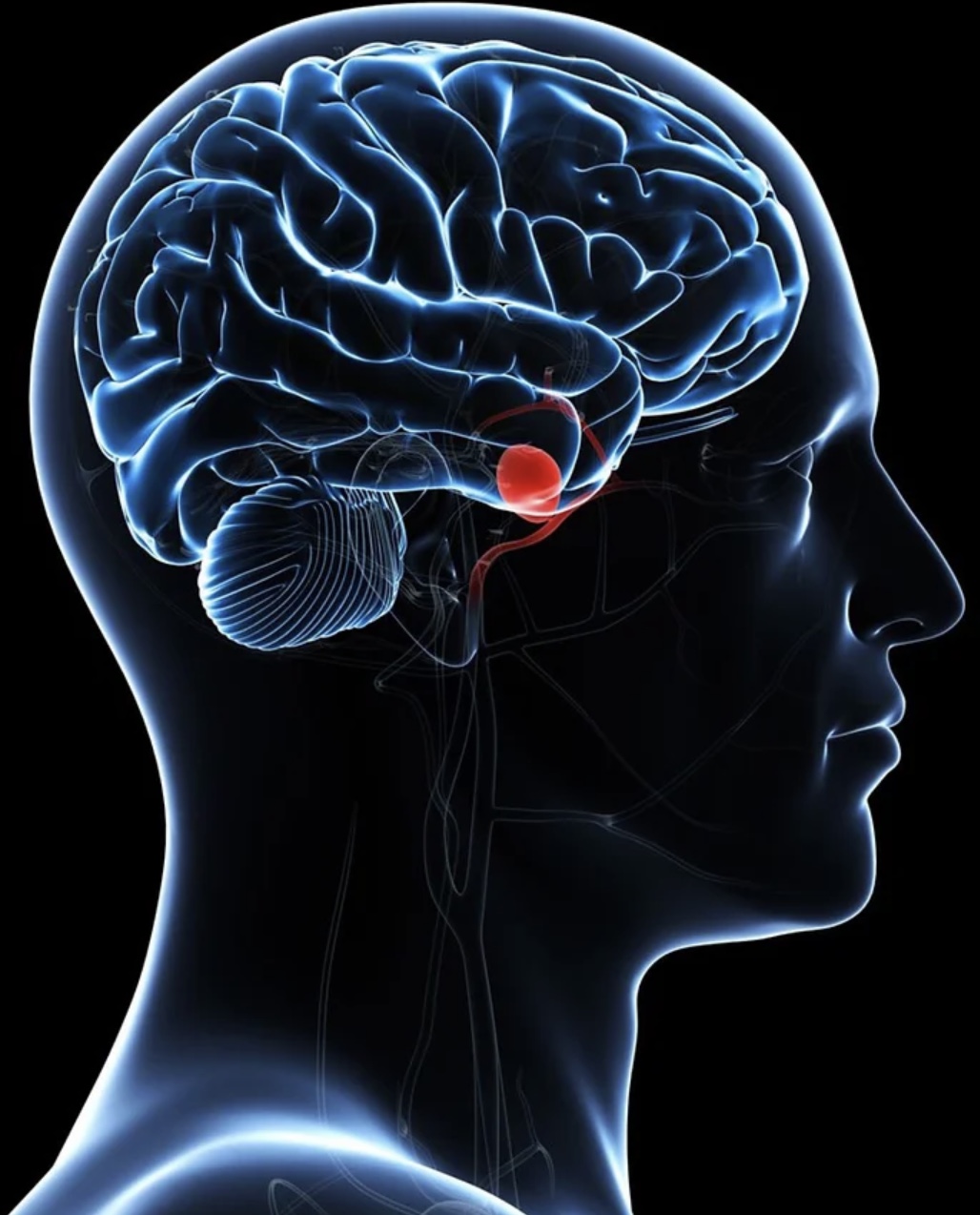LeAnn Swinney: Brain Aneurysms
I always start my story with “I went to sleep as LeaAnn, and woke up a total stranger.”
One September 2014 Labor day I suffered an acute Subdural Hematoma, otherwise know as a bleeding stroke and brain aneurysm, which led to brain surgery to relieve the pressure in my brain.
Due to a blood disease I caught in my mechanical heart valves. The doctors told my family that if I survived, I would never be the same. After 3 months of learning everything all over again, how to walk, talk, chew, swallow, read and write all over again, kidney failure due to antibiotics I was on for the blood disease, the doctors were right about one thing. I will never be the same.
As a brain aneurysm and brain surgery survivor I think it is so important that you are aware of the signs and symptoms of brain aneurysm. In case someone you love starts complaining of a headache, not your typical everyday headache, but the absolute worst imaginable headache of their life. If only I had known the symptoms of a brain aneurysm.That was my first warning. It was about 2 weeks after my dental surgery that I began having the kind of headaches that had me begging for mercy. I have no memory of the day I had my stroke, or any of the events afterwards.
I believe from what my family tells me, it’s a blessing in disguise that I have no memory of the day that changed my life forever.
What is a brain aneurysm?A brain aneurysm is a bulging, weak area in the wall of an artery that supplies blood to the brain. In most cases, a brain aneurysm causes no symptoms and goes entirely unnoticed. All of the symptoms of a ruptured brain aneurysm that I am going to share with you are exactly what I experienced for about a month. The doctors kept telling me I had the flu. I had just about every test they were willing to run, I could not keep any food down and the headaches were unimaginable.
In some cases, like mine the brain aneurysm ruptures, releasing blood into the skull and causing a stroke.
Did you know?
Aneurysms are found in 2-5 percent of the population and are more likely to occur. In adults age 40 to 60. I was 42 when I had my aneurysm. People can live years with an aneurysm for years without ever knowing they have one.Facts about brain aneurysm: In other cases, an unruptured aneurysm will cause problems like pressing on areas of the brain. When this happens the person may suffer from sever headaches, blurred vision, before mine ruptured I had changes in my speech and neck pain. Depending on what areas of the brain are affected and how bad the aneurysm is.
Symptoms of ruptured aneurysm:The worst headache of your life.
Localized and intense headache, nausea, vomiting, loss of sensation, sensitivity to light, stiff neck or neck pain, doubled or blurry vision. Do Not let them tell you that it’s “just the flu.”
Unruptured may come with no symptoms, especially its small. However a large unruptured aneurysm may press on brain tissues and nerves, possibly causing..Perepeal vision deficits, thinking or processing problems. Speech problems, sudden behaviour changes, fatigue, loss of balance, short term memory loss.
A leaking aneurysm: In some cases an aneurysm may leak a slight amount of blood. The leaking may only cause a sudden, extremely severe headache, a more severe rupture always is followed by leaking.
As I wind this up, a gentle reminder that everyone is different, that no two brain injuries or aneurysms are the same. This was my experience and I think its So important that you know the warning signs and symptoms, in case you or a loved one experience a aneurysm.
If your loved one or you experience a mind numbing, skull exploding kind of headache.. Go see your doctor immediately please..

